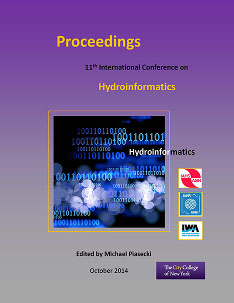Document Type
Presentation
Publication Date
8-1-2014
Abstract
Of all of the groundwater flow models widely available, the U.S. Geological Survey three-dimensional modular finite-difference, groundwater flow model, MODFLOW, is regarded by many as the most widely used by government agencies and consultancy firms. The Model was first developed in 1984 and since then many changes, updates and corrections have been introduced to the programme, simultaneously with its growing use. Since its establishment as a world-wide standard for groundwater flow modelling, many programmes have been developed to link MODFLOW to other codes that use groundwater flow information in porous saturated media. Processes such as solute transport, variable density flow, multiphase and unsaturated flow, integrated surface water and groundwater flow, parameter estimation, groundwater management and optimisation etc., may all be modelled using programmes that solve a system combining the process governing equations with the groundwater flow equation, solved by MODFLOW. In this work, a summary of the development of the different versions of MODFLOW, and their specific features and references, is given. The development of the code design, usability regarding data input and output, pre- and post-processing facilities, capabilities, maintenance and a range of applications will be presented. The code limitations related to the conceptual model, the mathematical solutions, hardware and software requirements are discussed, along with suggestions for improving the model accuracy and potential future developments of the code.


Comments
Session R17, Groundwater Flow Modeling I